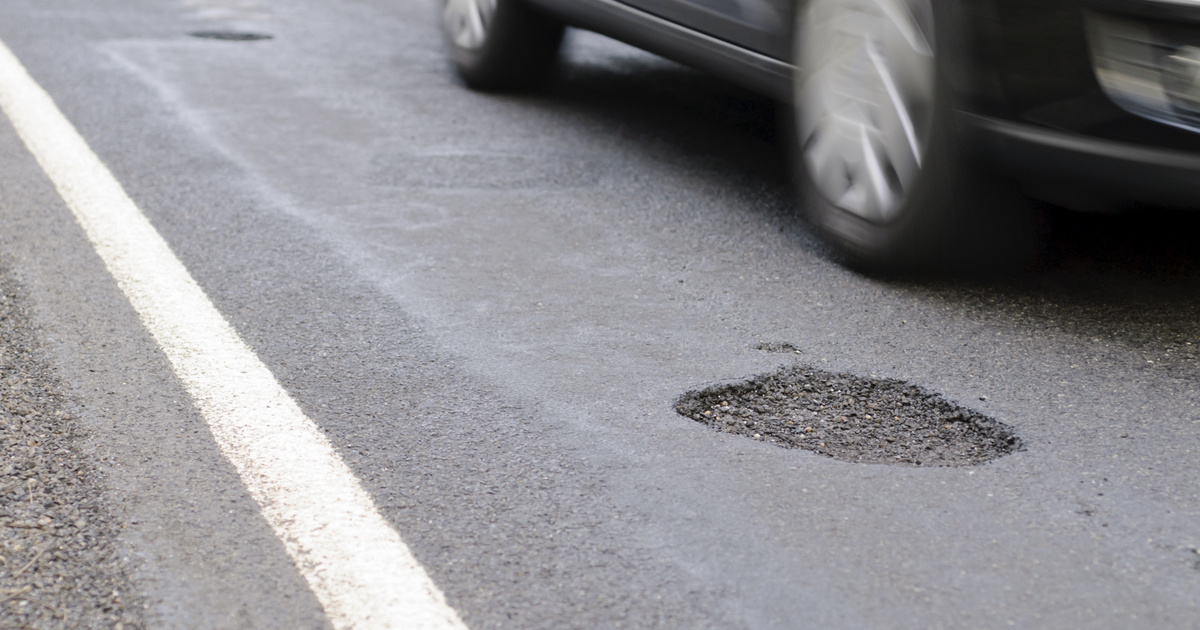The special machine searches for and repairs road defects day and night, in rain and sleet.
A self-driving road repair robot developed by University of Liverpool employees will soon be tested in Hertfordshire, UK. Emerging British scientists expect the robot to minimize traffic disruption while revolutionizing road maintenance.
The idea of the road repair machine arose from a research program in 2016, and four years later its inventors founded a company called Robotiz3d to implement it.
One of the final steps in development was the creation of ARESS Eye, a system that autonomously recognizes road defects, which can use artificial intelligence to map and evaluate a three-meter-wide lane even at a speed of 96 kilometers per hour.
ARRES, which stands for Autonomous Road Repair System, is an electric vehicle about the size of a small truck that detects road conditions by remote control or driving autonomously. Its main purpose is to prevent potholes on the road, by repairing road defects and damaged insulation. It can perform its task regardless of the time of day and weather.
In the UK, two million potholes are repaired each year, but damage from potholes is still estimated at $2.2 billion annually. According to Robotiz3d, its robots can reduce these costs by 90 percent, plus they operate 70 percent faster and emit a third of carbon dioxide.
ARRES has successfully passed tests on the track built by the development company, and will make its public debut on a Hertfordshire street this year.
(The engineer, Interesting geometry)















































